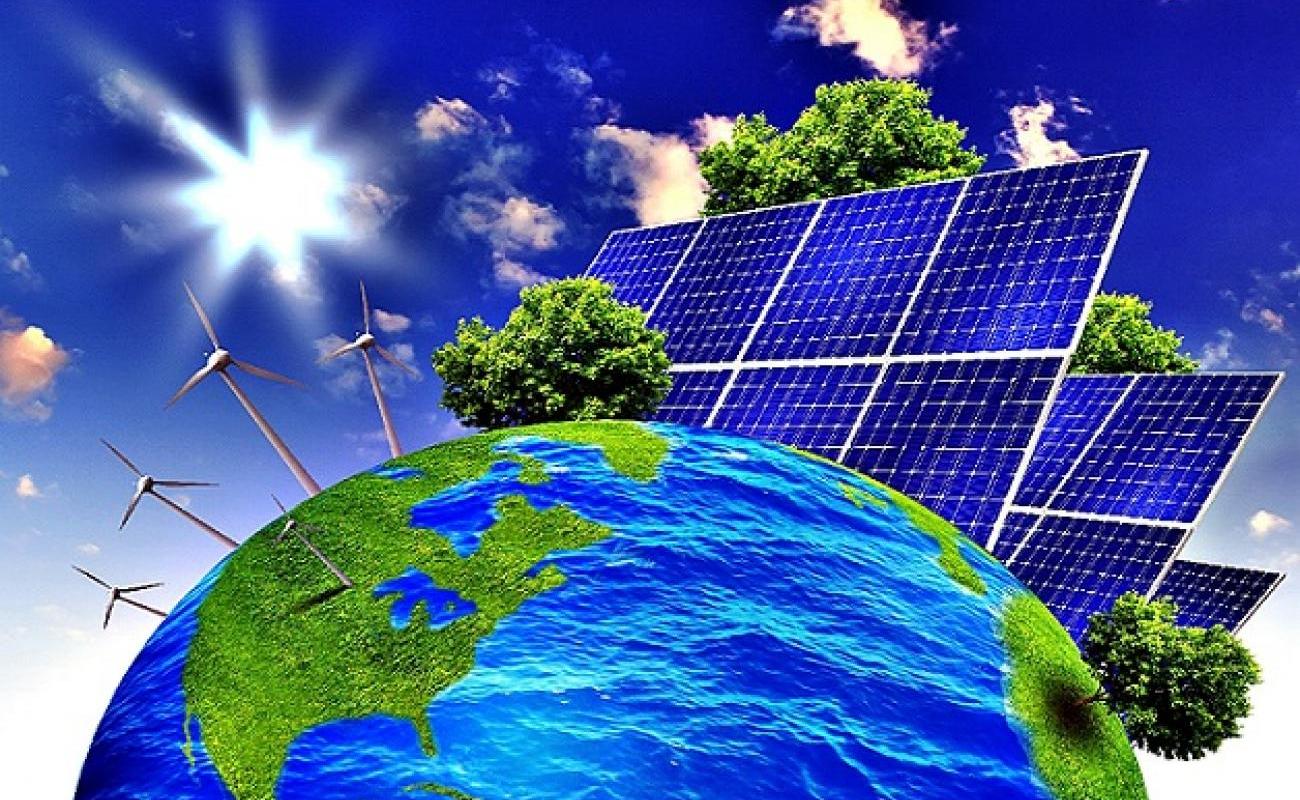EU supports Serbia in preparing the Integrated National Energy and Climate Plan (INECP)
The European Union continues to support the Republic of Serbia in developing energy planning capacity and fulfilling its legally binding obligations stemming from the Energy Community Treaty. The process of preparation of the Integrated National Energy and Climate Plan of the Republic of Serbia from 2021 to 2030 with the vision until 2050 (INECP) is underway and is being developed within the IPA project implemented by LDK Consultants SA and the Centre of Renewable Energy Sources and Saving (CRES).

Background
It is known that a legally binding framework to deliver targets under the Paris Agreement in 2015 has been put in place and ambitious targets for the year 2030 for renewables, energy efficiency, and greenhouse gas emissions are set. Similar to the EU Member States, the Energy Community Contracting Parties, including the Republic of Serbia, are committed to monitoring and reporting in the above fields. The Energy Community (EnC) adopted Recommendation 2018/01/MC-EnC on the development of INECPs by its Contracting Parties.
According to the obligations stemming from the Energy Community Treaty and from the Sofia Declaration on the Green Agenda for the Western Balkans, preparation of the Integrated National Energy and Climate Plan of the Republic of Serbia from 2021 to 2030 with the vision until 2050 (INECP) is underway and is being developed within the IPA project ”Further Development of Energy Planning Capacity”.
This project is funded by the European Union and is implemented by LDK Consultants SA in consortium with the Centre of Renewable Energy Sources and Saving (CRES). INECP should provide an overview of the existing situation, key policies, and adequate measures for the consideration of five dimensions of Regulation (EU) 2018/1999 on the Governance of the Energy Union and Climate Action:
- Decarbonisation (greenhouse gas emissions and renewable energy)
- Energy efficiency
- Energy security
- Internal energy market
- Research, innovation and competitiveness
![]()
Five dimensions of Energy union
Broad representation of stakeholders in project’s working group
The Working Group engaged in the development of this document is operational and consists of 19 national institutional stakeholders and a total of 83 representatives and 3 civil society organisations, with a significant contribution through the following: effective cooperation of its members, active participation in more than 30 meetings, provision of data for all project activities, and analysis of modelling results in the process of draft preparation.
Apart from the Working Group members, the Ministry of Mining and Energy has launched a procedure of collecting the opinions of various educational institutions, scientific institutes and associations on specific topics, in accordance with their responsibilities and relevance.
Modelling capacity built on existing SEMS model
Modelling capacity was built on top of the existing Serbian Energy Modelling System (SEMS) developed under the previous project ”Development of Energy Planning Capacity” (IPA 2013) which was also implemented by the Ministry of Energy and Mining and funded by the European Union and implemented by the same Consultant’s Team.
Within the project ”Further Development of Energy Planning Capacity” it is planned that the SEMS model is further calibrated and feed with up-to-date information and supplemented with two additional tools: a macroeconomic analysis tool (based on MANAGE) and a High RES integration tool (based on ANTARES) for the analysis of the possibility of including a high share of renewable energy sources in the electric power system. This set of three modelling tools significantly improves the energy and climate planning
Thirty-three working scenarios developed with energy and climate projections of Serbia
Within the process of INECP development, 33 working scenarios have been developed with energy and climate projections of Serbia until 2030 and with a projection until 2050 for the purpose of performing adequate analysis of various options for electric power sector development.
On the basis of the working scenarios, several relevant options for further analysis will be defined, as well as for consideration of options and means for harmonization with the Green Agenda for the Western Balkans and the latest “Fit for 55 package”.
Within the process of the INECP preparation, a wide range of consultations has been conducted with the Working Group members and other interested parties. The Energy Community is involved in the consultation process while the Secretariat of EnC was provided with the draft version of several chapters and preliminary modelling results for peer review.
A particular challenge encountered during the work on INECP was to define new targets in the area of energy efficiency, renewable energy sources, and reduction of GHG emissions for 2030 with the vision until 2050.
It is necessary to define the optimal energy mix of energy efficiency, renewable energy sources, security of supply, and energy poverty, which will define the pace of decarbonisation process, i.e., energy transition.
Next steps within the project
In the upcoming period, the complete draft version of the INECP will be prepared and presented during the public consultations expected to be organised at the beginning of 2022.
After the drafting of the INECP, an extensive training and capacity building programme for further development of the capacity for energy and climate planning is planned as a second part of the project, in order for Serbia to fulfill its obligations as per the recommendation adopted by the EnC.
This activity is expected to further strengthen the knowledge of all relevant participants of the project, as well as the strategic planning capacities of the Ministry of Mining and Energy, and provide in-house energy and climate planning tools.
In the process of the accession of the Republic of Serbia to the EU, Serbia is working on the transposition of EU legislation, as well as on the implementation of all regulations, thus adapting its energy system to the European Union. In order for the accession process in this area to be carried out efficiently and effectively, the European Union has been providing support to Serbia since 2000, which has reached a value of more than 830 million euros.
